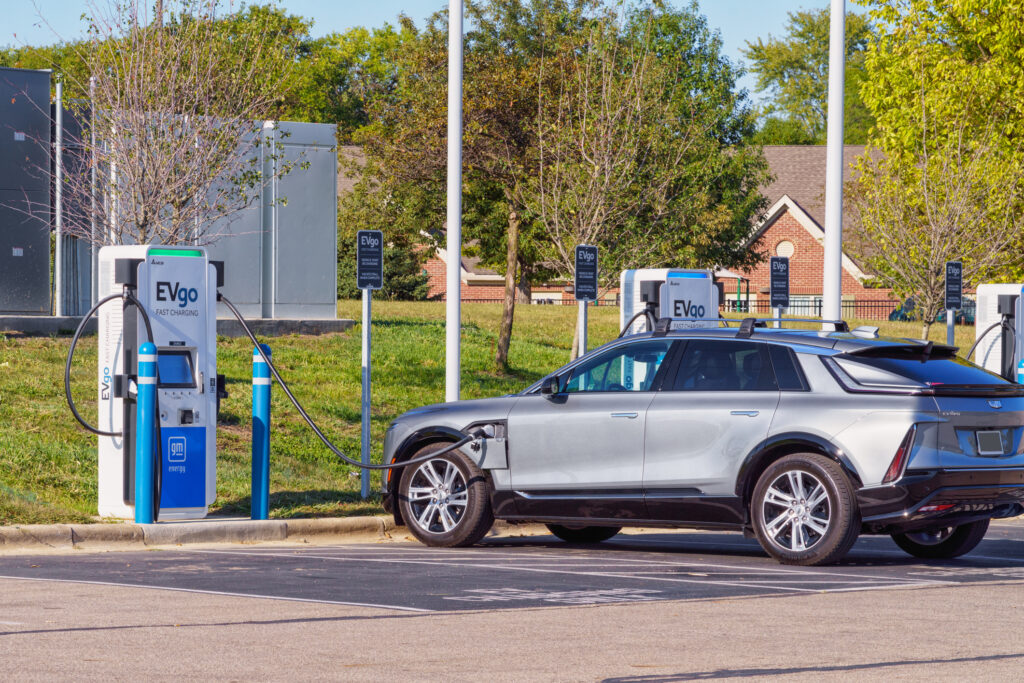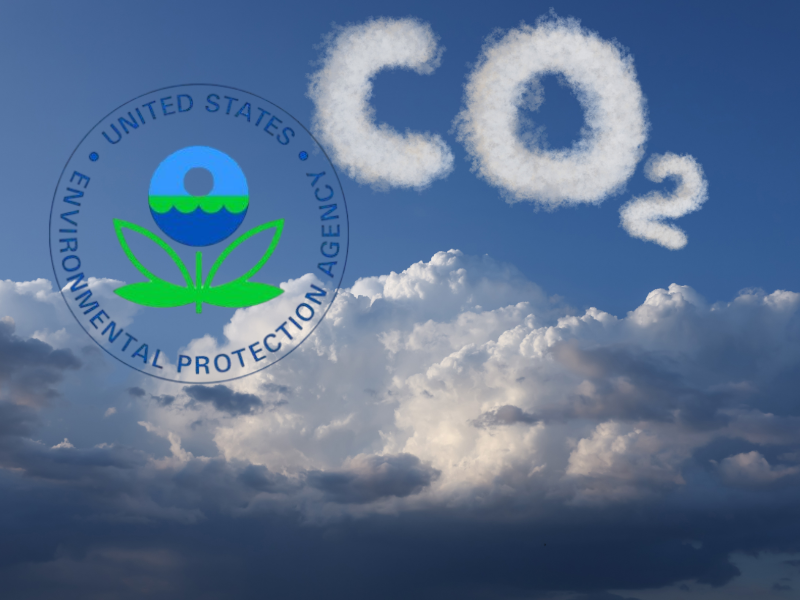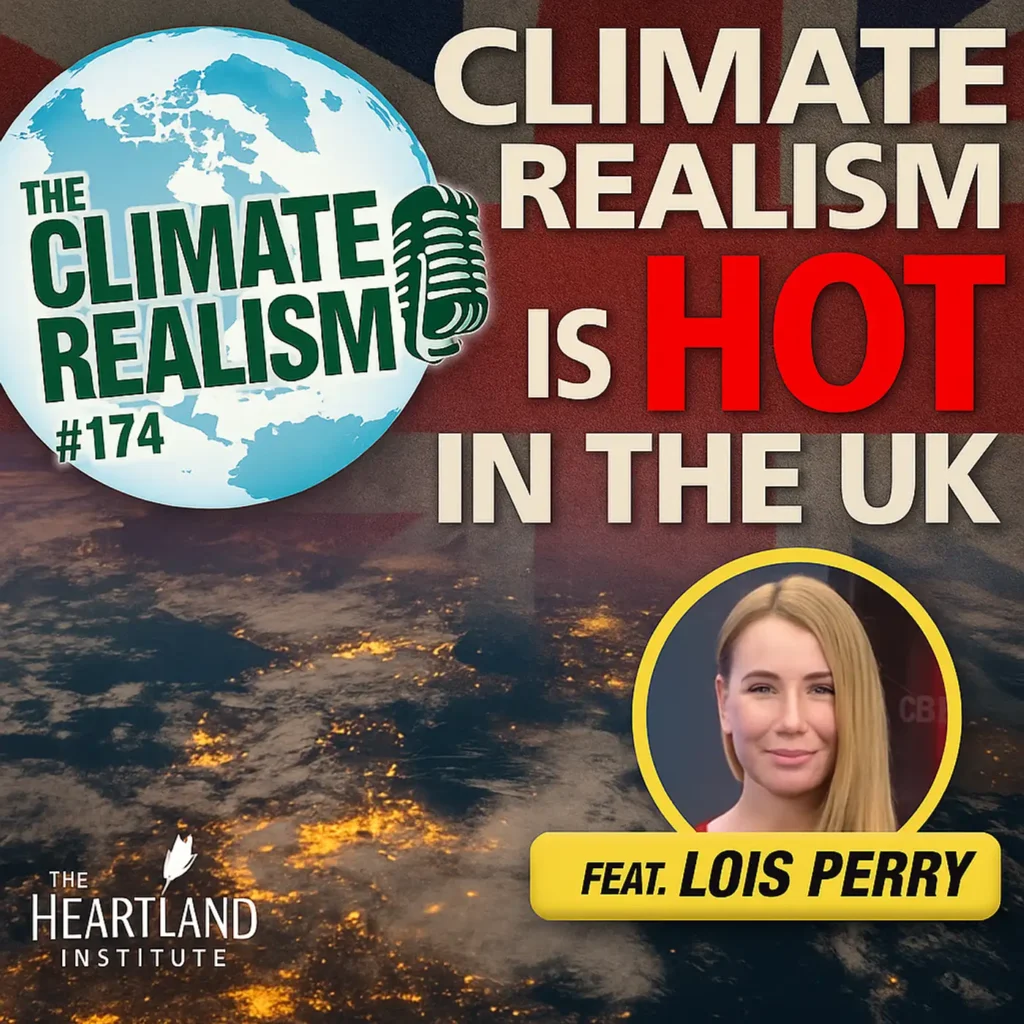Electric vehicles are being mandated in California, but Governor Newsom is oblivious to the fact that it’s just another product that cannot exist without oil, as all the thousands of parts and components of EVs, from tires, insulation, and computers, are made from the oil derivatives manufactured out of crude oil.
Newsom’s efforts to “transition away from fossil fuels” have yet to comprehend that humanity is not addicted to fossil fuels, but they are addicted to the products and transportation fuels made from those fossil fuels to meet the materialistic demands of humanity and the economy. Despite the demand for the products and transportation fuels that so-called renewables cannot make, only wealthy economies, like that in California, have “green” movements and are pursuing them with mandates and costly subsidies.
The recently released documentary “Electric Vehicles: The Good, The Bad and The Ugly” isn’t just another documentary that lazily cheerleads the industry, though there is a fair amount of marveling at the technology and underscoring its benefits and potential. It’s an enlightening, educational, and entertaining 90-minute documentary that is a MUST viewing by everyone to enhance their Energy Literacy and help them decide for themselves if EVs are good, bad, or ugly. The documentary is available for purchase at $12.99, or you can rent it for a 72-hour lease for $9.99.
It’s appalling that the policymakers, just in wealthy countries, are setting “green” policies that continue to support humanity’s atrocities and environmental degradation in poorer developing countries that are mining for the exotic minerals and metals to go “green.”
The documentary demonstrates the environmental degradation and humanity’s atrocities to people with yellow, brown, and black skin in those poorer developing countries as unethical and immoral, just for materials to make EV batteries. The documentary is narrated by Larry Elder, a talk radio host, author, politician, lawyer, and former candidate for governor of California.
Planet Earth’s resources are limited! Our 4-billion-year-old planet has limited natural resources like oil, gas, coal, lithium, cobalt, manganese, etc., that are being extracted at alarming rates. Even with technological advances in the next few decades by those in wealthier countries, we may find “more”, but at current rates of extraction of those resources, the planet may be sucked dry in 50, 100, 500, or 1,000 years, so the question for our conversation is: Should there be a greater focus on the limitations of earth’s natural resources now being extracted for the enjoyment by wealthier countries on Earth as our 4-billion-year-old planet will continue to be here, with or without humans.
Planet Earth’s resources are limited! Our planet has limited natural resources, including fossil fuels, but especially critical minerals (employed in many new energy systems), such as lithium, cobalt, manganese, various Rare Earth Elements (REE) and many basic industrial metals currently being extracted at unsustainable rates, and mainly from poorer developing countries, under dire working conditions, without labor or health protections, and causing serious environmental impact, due to the unsophisticated extraction processes employed.
With technological advances by wealthier countries, in the next few decades, we may find “more”, but at current rates of extraction, the planet may not be able to provide those resources for very long, and in many cases, not even for a century. Wealthy countries refuse to put a greater focus on the limitations of the earth’s natural resources currently being extracted for the enjoyment of wealthier countries, since they do not understand that our 4-billion-year-old planet will continue to be here, with or without humans.
The documentary educates the viewers about the critical minerals and metals needed to support the much-touted “energy transition” to EVs, wind turbines, solar panels, and batteries, which come from unreliable, unstable, or poorer developing countries such as China, some African nations, and others. Those countries have minimal labor laws and poor environmental controls, so that their production of the critical minerals and metals needed for going “green” results in serious environmental degradation, dire social consequences, and human rights abuses to their population, predominantly made up of people with yellow, brown, and black skin. All this, just to support “clean” electricity in wealthier countries.
The question we should be asking: Do you believe it is ethical and moral for wealthy countries to continue subsidies to go “green.” when they encourage China and African countries to CONTINUE exploiting many who work under miserable conditions, and when such subsidies entrench financial incentives for environmental degradation, just to support producing EV batteries, wind turbines and solar panels, mostly for wealthier countries?
The extraction rates and R/P (reserves to production) ratio for many of the critical minerals and metals needed for going “green” are alarming, and most of these natural resources are NOT being replenished. This suggests a worrisome possibility of an unsustainable approach to the current policies of subsidies for “green” energies. Furthermore, even countries with the largest reserve base face important challenges in increasing production growth to meet projected future demand.
- LITHIUM: In 2024, the world mined about 240,000 tons of lithium, almost three times the amount mined in 2020. The International Energy Agency (IEA) projects that demand for lithium will increase to 450,000 tons per year by 2030. Despite a significant world resource base, the production of those resources remains a major challenge.
- COBALT: In 2024, the world produced an estimated 280,000 metric tons of cobalt, the highest amount ever recorded. The Democratic Republic of the Congo (DRC) was the world’s leading producer, accounting for 74% of the global total, while the country is known for the major problems with child labor and poor working conditions of its mineral sector.
Today, a typical EV battery for a Tesla sedan requires substantial raw material extraction for the battery’s minerals and metals of lithium, cobalt, nickel, manganese, copper, aluminum, graphite, plus the steel, plastic, and other metals for battery casings.
The documentary raises concern about those “blood minerals,” mostly from developing countries, that come from mining at locations worldwide that are never inspected or seen by policymakers and EV buyers.
Mining and refining involve large quantities of raw materials. The estimated total mass of raw materials mined and processed for an EV battery, including overburden and waste rock, might range from 50,000 to 100,000 pounds, depending on battery size, chemistry, and mining efficiency.
The documentary should be viewed by so-called zero-emission policymakers in the few wealthy countries that have disrupted the delivery of electricity with strict regulations, preferential subsidies, and cancellation of proven baseload sources like coal, nuclear, and even natural gas. They should have solidified other sources, to ensure that the availability of affordable electricity that is continuous, and uninterruptible would not be disrupted for consumers.
Readers are encouraged to view the documentary “Electric Vehicles: The Good, The Bad and The Ugly “to learn more about the shell game wealthy countries are using to exploit developing countries to support so-called clean and green electric vehicles, and decide for themselves if the world economies and the environment can accommodate EVs to satisfy the transportation needs for all, not just the few elites on this planet.





